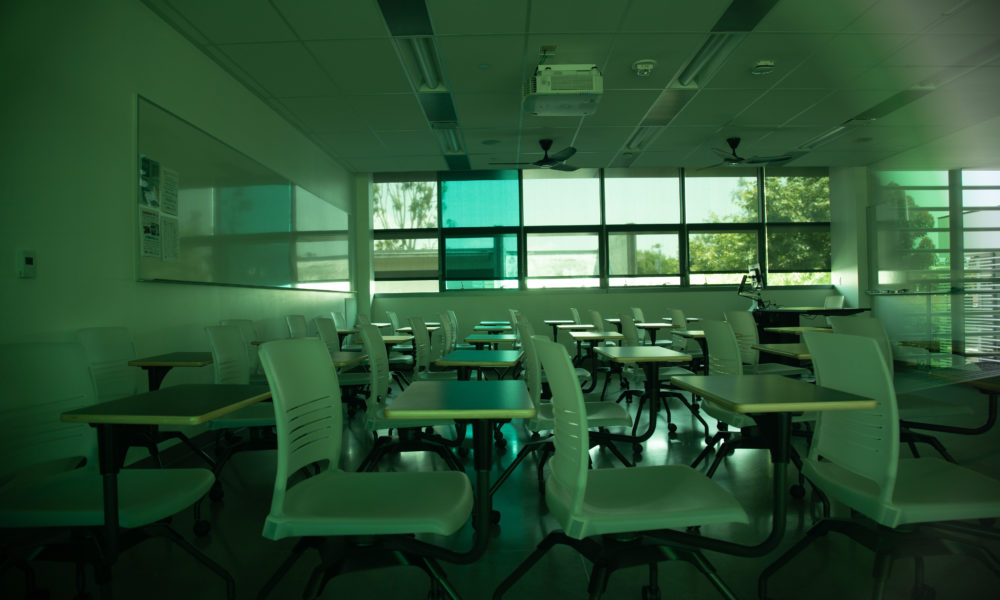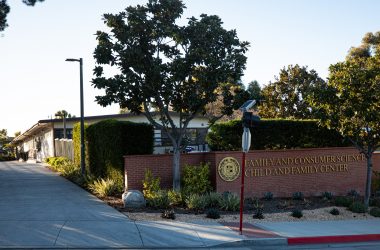Submitted by Michael Auria
I’m a senior at Long Beach State, studying Philosophy and Journalism. I have come to question the University’s decision to start classes online for the fall semester, and have taken some time to compile some statistics and thoughts regarding the matter.
New York University, in New York State, has announced its plans to hold classes in person in the fall. This is in spite of New York State, as of May 20, having almost 23,000 deaths related to the coronavirus. In comparison, California, whose university system has decided to move almost all instruction online, has had a little over 3,300 deaths.
California has not published any age related death statistics, but according to the Centers for Disease Control, as of May 16, 1,737 people in total under the age of 44, the ages of the vast majority of the student population, have died from this virus in the U.S. And how many of these younger people had underlying conditions? Once again, no age related data from California, but according to NYC Health, 79% of deaths in NYC under the age of 44 involved underlying conditions.
Using that percentage, it can be estimated that in the entire country, the number of people under the age of 44 with no underlying health conditions that have died from this virus is only 365. That is 365 deaths out of the nation’s total population of over 328 million, out of 1.58 million confirmed cases. In California, the number is much lower.
In Long Beach alone, as of May 20, there have been a total of 65 deaths – one under 50, and all 65 with underlying health conditions.
These are the statistics that warrant moving nearly all of the university’s classes online? This is what listening to science looks like?
Good education should be the top value and priority for a university, and in general, in person classes cannot be replaced by online ones while keeping instruction and learning standards the same.
Susanna Loeb, a professor of education and of public affairs at Brown University, said that “being in person with teachers and other students creates social pressures and benefits that can help motivate students to engage. Some students do as well in online courses as in in-person courses, some may actually do better, but, on average, students do worse in the online setting.”
One study by the Brookings Institution concluded that “students in online courses perform substantially worse than students in traditional in-person courses and that experience in these online courses impact performance in future classes and their likelihood of dropping out of college as well.” The same study also concluded that “the negative effects of online course-taking are far stronger for students with lower prior GPA.”
Online classes, while worse for everyone, are even worse for underprivileged students with weaker academic backgrounds. Students like this make up a substantial portion of the CSU’s student body. Doesn’t CSULB pride itself on its accessibility for underprivileged students? And none of this is to mention the fact that, with the closure of campus, students will not be able to socialize with other students or faculty, easily take advantage of office hours, study in the library, or do anything else that comes with campus life.
In my personal experience, online classes make it much more difficult to learn, much easier to pass with less effort, and allow cheating to run rampant, despite preventative measures. And it isn’t just me; I have talked to many friends and professors about this, and they all basically agree.
I received an email from the registrar that said “we can guarantee the same quality CSULB education that you have come to expect” with mostly online classes. How can that be true?
“COVID is a risk, but there is also a risk of failing to educate young people who will be our leaders of tomorrow.” – said Dr. John Jenkins, President of Notre Dame University in Indiana, which will be conducting classes in person in the fall. Yes, there is risk in the reopening of campus, and there will always be some risk.
But risk can be mitigated, and compromises can be made.
Everyone can wear masks. Larger classes can be moved online, and smaller classes can be conducted in larger rooms that make social distancing possible. Older professors, or ones that are at higher risk of severe illness due to underlying health conditions, can teach online. Students who have underlying conditions may have to take a semester off, or enroll in only online classes. But to move nearly all of the school’s classes online in light of these statistics is irrational.
This is to deprive over 480,000 students of a normal, proper education, in the name of reducing an already minuscule, and reasonably manageable risk for a very small percentage of students and faculty. Tens of thousands of people in this country die in traffic accidents every year – yet we all still get in our cars and step on the gas.
I hope California’s State University system reconsiders its decision, and allows classes to resume in person from the beginning of the fall semester. It will be massively beneficial for hundreds of thousands of students that value their education. It is far from too late to revise this decision.





As Master’s of Social Work students from California State University, Long Beach we’ve adapted to change caused but the COVID-19 pandemic. Unbeknownst to us, our experiences as interns during this time allowed us to transcended our knowledge of social work ethics and apply it to the real world. There is no “real” way of learning how to be a social worker other than “diving right in.” Our experiences as a first-year intern has afforded us the opportunity to embark on this journey of developing a professional career as a social worker and as a student.
We’ve seen first hand, that students across our nation from grade school to high-school, are unable to communicate their thoughts and feelings and learn to adjust to this crisis that has affected every part of their lives. Not only did we realize that we struggle to adapt to changes within our personal and professional roles, we understood the challenges that this pandemic has caused on the vulnerable population as well and the ongoing need for advocacy of resources.
The growing concern that our nation faces is the uncertainty of the upcoming school year for the children and the possibility of exposing them to COVID-19. Officials in California’s two largest school districts, Los Angeles and San Diego, announced on Monday that students will stick to online learning from home when school resumes next month, rather than return to classrooms. The districts cited research about school safety experiences from around the world, along with state and local health guidance. “One fact is clear: Those countries that have managed to safely reopen schools have done so with declining infection rates and on-demand testing available. California has neither,” the districts said in a joint statement. Los Angeles, the second largest school district in the U.S., has about 730,000 students and San Diego serves about 135,000 students. Shortly after the districts made their announcement, California Govenor Gavin Newsom expanded closure of bars and indoor dining statewide and ordered gyms, churches and hair salons closed in most places. This is the new reality of our lives unless everyone abides by the stay at home orders and the need to social distance.
By: Maxine Benitez, Lauren Chagoya, Eileen Ching, Velma Raza-Acuna, Lauren Varela